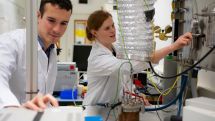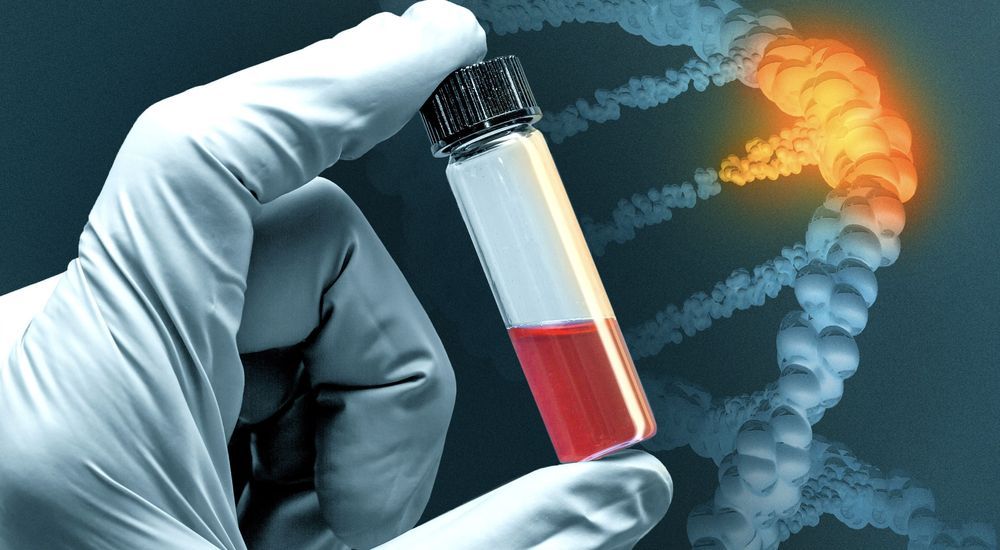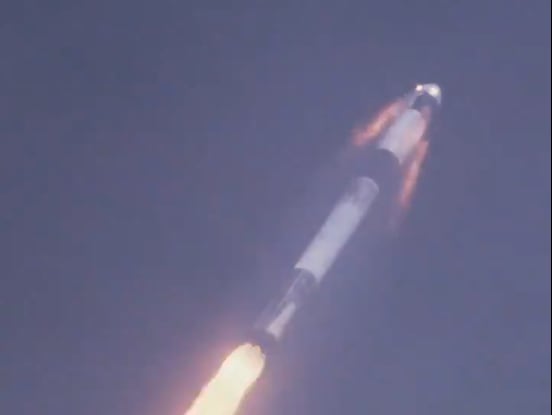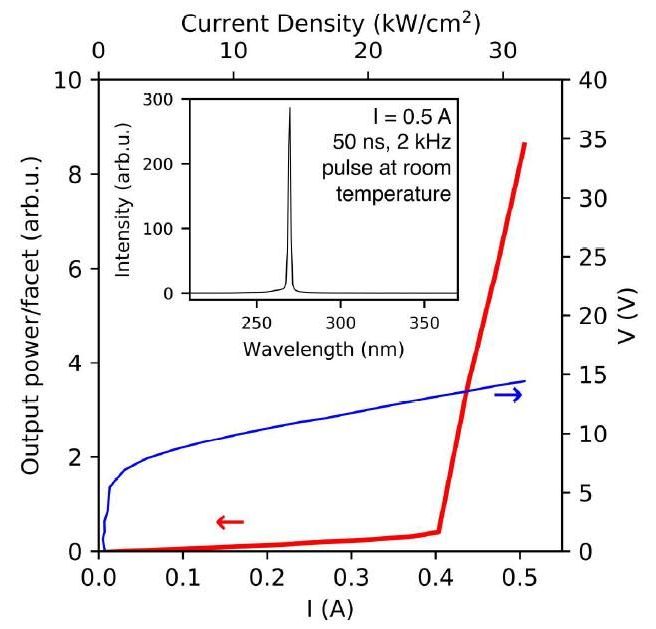If humans are going to have a long-term presence on the Moon, they’re going to need breathable air and rocket fuel — and the ESA might just have a way to create both using the Moon itself. The agency is running a prototype plant that converts moondust (currently simulated, of course) into oxygen that could be used for air and fuel. The technique unlocks the high amounts of oxygen in regolith using molten salt electrolysis that superheats the dust and migrates the oxygen along the salt until it’s collected at an anode. The basic process has already been used for metal and alloy production, but the ESA tweaked it to ensure oxygen was available to measure.
Newer, less invasive tests are helping scientists isolate genomic alterations.
BY HEATHER MILLAR

Symbiotic fungi have a key role in soil ecosystems and inoculating plants with them has been claimed to benefit their growth. But scientific evidence shows a very complex picture; which might surprise you.
As an outbreak of a new virus in China spreads, U.S. officials will start screening passengers arriving at select U.S. airports.
New research in pigs examines how sugar intake affects the brain’s reward circuits and finds that changes are noticeable after just 12 days.
Reporters had a problem: 350 GB of documents is a lot of documents. Enter machine learning.
Turkey gets Wikipedia back, Mayor Pete loses his cyberguy, and more of the week’s top security news.
SpaceX completed its last major test before flying astronauts to space on Sunday, in a critical high-speed mission that lasted mere minutes.
Launched on top of a Falcon 9 rocket from NASA’s Kennedy Space Center, the company conducted a test of its Crew Dragon capsule called in-flight abort.
“Overall, as far as I can tell thus far, this was a picture perfect mission,” SpaceX CEO Elon Musk said in a press conference after the test. “I’m super fired up; this is great.”
Nagoya University researchers say they have designed a laser diode that emits the shortest-wavelength ultraviolet light to-date, with potential applications in disinfection, dermatology, and DNA analyses.









